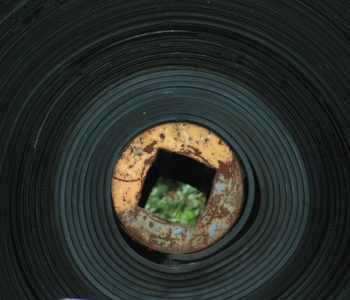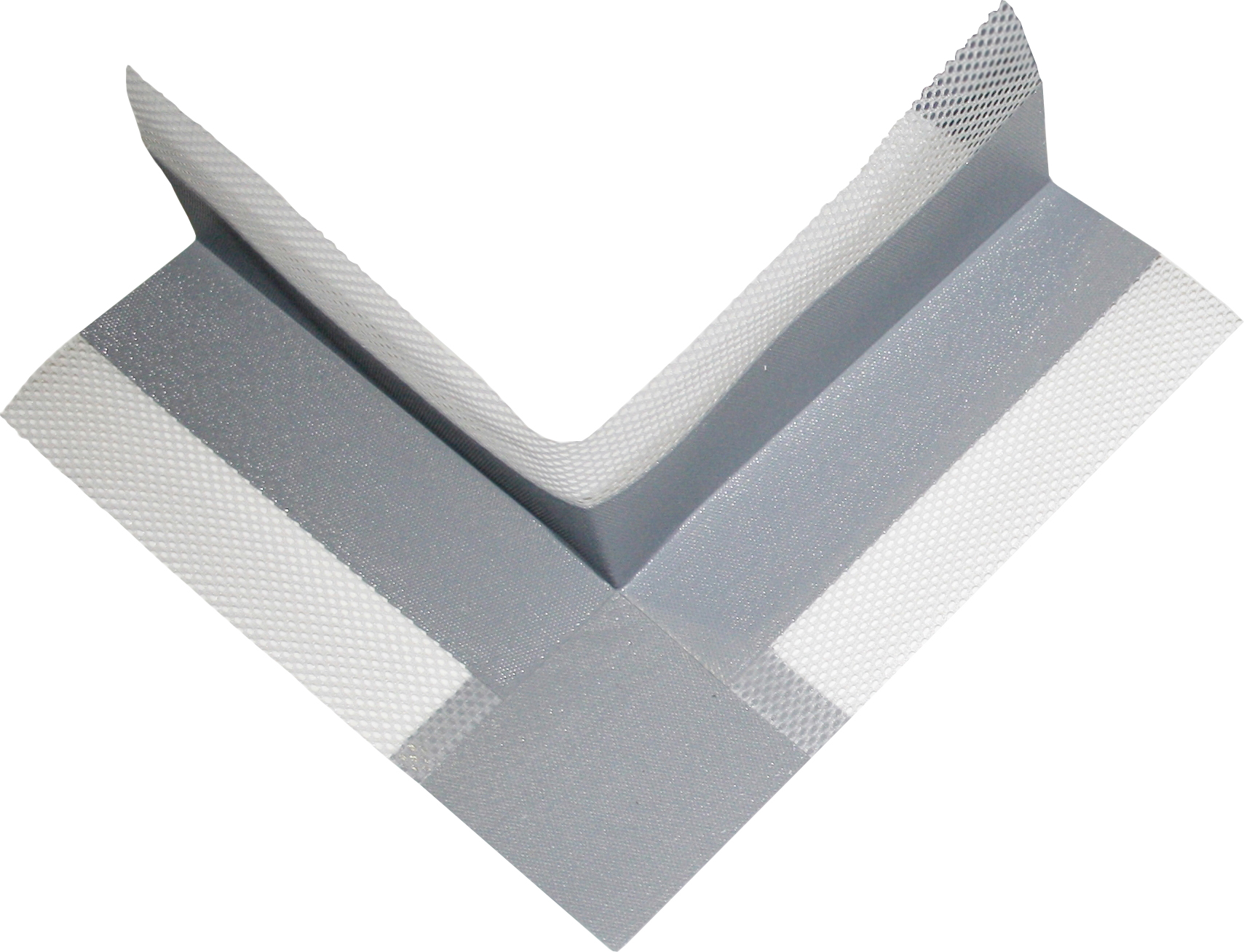

Magor’s work has a way of pushing its viewer to consider that this manipulation of our emotional receptors might count for something important, despite the less-than-ideal implications of the commodities in question – cigarettes being harbingers of death, twinkly plastics a toxic symptom of rapacious consumerism. In making the emotion-brain complex jump and spark, this creature’s glinting plastic eyes share an effect with cigarettes, and the aforementioned foil. This is, in the best sense a child’s way of playing god. Oilmen’s Bonspiel (2017) is a small chimera, its face and giant pouting eyes borrowed from a stuffed animal the colour of strawberry marshmallows, its body pieced together from an old sock puppet and knitted sweater. During the last decade her humour has become more puckish. In previous works, cigarettes were hoarded within cast piles of polymerised gypsum clothing, and orange cheesy snacks under piled rocks. To the extent that Magor’s past work has been funny, its humour has tended towards dry absurdity, highlighting the measures we take to enjoy and endure lives bracketed by gaping nothingness. Courtesy the artist and Catriona Jeffries, Vancouver What’s new, as opposed to their earlier downcast earth tones, are their bright and sometimes Day-Glo colours, which curiously sharpen the work’s mortal connotations – while departing a greyish world might be a relief, the thought of being ripped from dazzling polychrome existence is almost unbearable.Ĭoiffed, 2020, painted plywood, fabric skirting, silicone rubber, artificial hair, acrylic throw, woollen blankets, silver fabric, linen, jewellery boxes, costume jewellery, packaging materials, 69 x 335 x 244 cm. Sadness is not new to Magor’s sculptures. Now it shares the grim fate of its human creators. Presumably this commodity was once inflated with life by its child companion. The lion’s white hair evinces old age, its hollow grey-ringed eye sockets suggest death. That work’s playfulness is counterpointed, nearby, by quietly gutting vignettes: Coiffed (2020) is a low stage tidily laid out with domestic items: handpainted jewellery boxes, folded sheets, a small lion made from dull blue rubber whose dirtiness suggests many years spent in a garage. It’s as if the swanky bag had plummeted from a cliff, the primate sent in to rescue it.

In Delivery (Sienna) (2018), a monkey cast in rubber dangles from masses of tangled string, clutching a Harry Rosen suit bag. Courtesy the artist and Andrew Kreps Gallery, New York Leather Palm, 2019 Polymerized gypsum, cigarette, metal, 36.5 x 28.5 cm. This scale of various authenticities engages the mind in a stocktaking of reality, which feels good – like how meditation slows the mind while also waking it up. Magor’s sculptural technique largely entails setting various shades of realness against one another: while the cigarette is the genuine article, the glove was cast from polymerised gypsum in mimicking wood, the table is both real and a slightly embarrassing fraud. In Leather Palm (2019) – one of ten sculptures in this show, dispersed across two rooms and one large window space – a facsimile glove sits upon a wood-veneer table, a half-smoked cigarette impossibly teetering from its lower cuff, with ash settling in the sunken palm. Bottles of booze, chocolates, white dinner rolls and cigarettes have been major motifs. Since the mid-aughts, Magor – whose art practice dates back to the 1970s – has used sculpture to entertain decadence, while remaining firmly grounded in a more conflicted position. Their mood is weirdly unreal familiarity.

The plastic cartons might resemble Christmas presents under the tree of a very comfy family, were they not transparent and filled with more air than gift. Each box contains materials and creature comforts selected to make sense-memories squall: stuffed animals, alternately brown and fluorescent chocolate wrappers and things made to protect other things, like pastel-hued packing paper. It sat inside a box made from wobbly, colourless translucent plastic, one of many that comprise the Canadian artist’s installation Pet Co (2018). While visiting this tightly selected survey of Liz Magor’s recent work, I gawked like a stoned teenager at a scrap of iridescent foil. Magor’s dry absurdity highlights the measures we take to enjoy and endure the gaping nothingness of our everyday reality


 0 kommentar(er)
0 kommentar(er)
